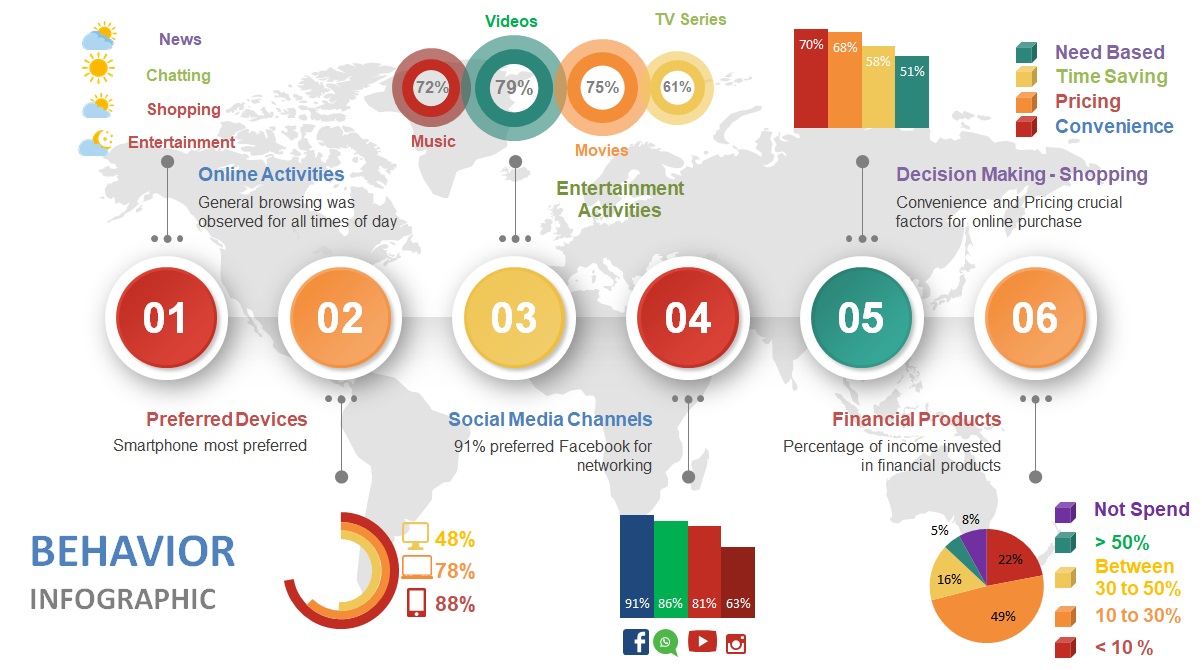The global economy is more significantly affected, directly and indirectly, by the actions and decisions of one particular consumer demographic. They are consumers who fall in the broad age bracket of 30 to 55 years. This section of consumers has the highest purchasing power/consumption capacity and decision-making authority relative to any other group, making them the leading influencers of global economics.
Their online behaviour and digital actions have a profound impact on businesses across industries. Often times, this even extends to industries seemingly unrelated to the actions, and these impacts may not even be immediately obvious.
The only way to understand the result of these actions is to study them and derive behavioural patterns. Such patterns can help businesses immensely by painting a big picture and enabling them to take meaningful decisions that will benefit businesses as well as consumers.
While there is a multitude of studies focussing on the behaviour of various specific demographics, there is a dearth of studies that put into perspective the digital actions carried out by people aged 30 years and above.
With an aim to try and fill this gap and make sense of digital consumer trends, Borderless Access carried out a syndicated consumer insights study. The objective of the study was to shed light on every minute aspect of online consumer behaviour like reports rarely do.

With this study, Borderless Access set out to make an in-depth consumer behavioural analysis with respect to individual growth trends, prospects, and contributions to the overall market. This is significant as it allows businesses to make their own decisions with respect to their individual goals.
The first step towards achieving this was to identify the right set of markets for the insights gathered to make the expected meaningful impact. Keeping this in mind, Brazil, Germany, India, Indonesia, Mexico, Nigeria, Russia, Saudi Arabia, South Africa, and the UAE were picked for the survey. Apart from the fast-growing economies, these countries were chosen due to the strong economic and cultural influence they have in their respective geographical regions.
To add depth to the data and make it diverse across all aspects of consumer behaviour, 3500 participants were chosen carefully from our diverse community of 3.71 million consumers. Particular care was taken to ensure every individual represented a specific consumer demographic.
The resulting report chronicles a detailed story about the digital and online behaviour of consumers aged between 30 and 55 years across 6 key online action areas:

Ultimately, getting answers to broad questions like, “What are the best ways to approach consumers from different regions and industry segments to illicit favourable response?” and more specific ones like, “At what time are consumers most likely to make an online purchase?” can enable businesses to develop products and services more in-tune with consumer expectations. The end result would be an economic ecosystem that is in harmony with consumer expectations and as well as business goals.
Note: This is a sponsored post.











 by
by 
